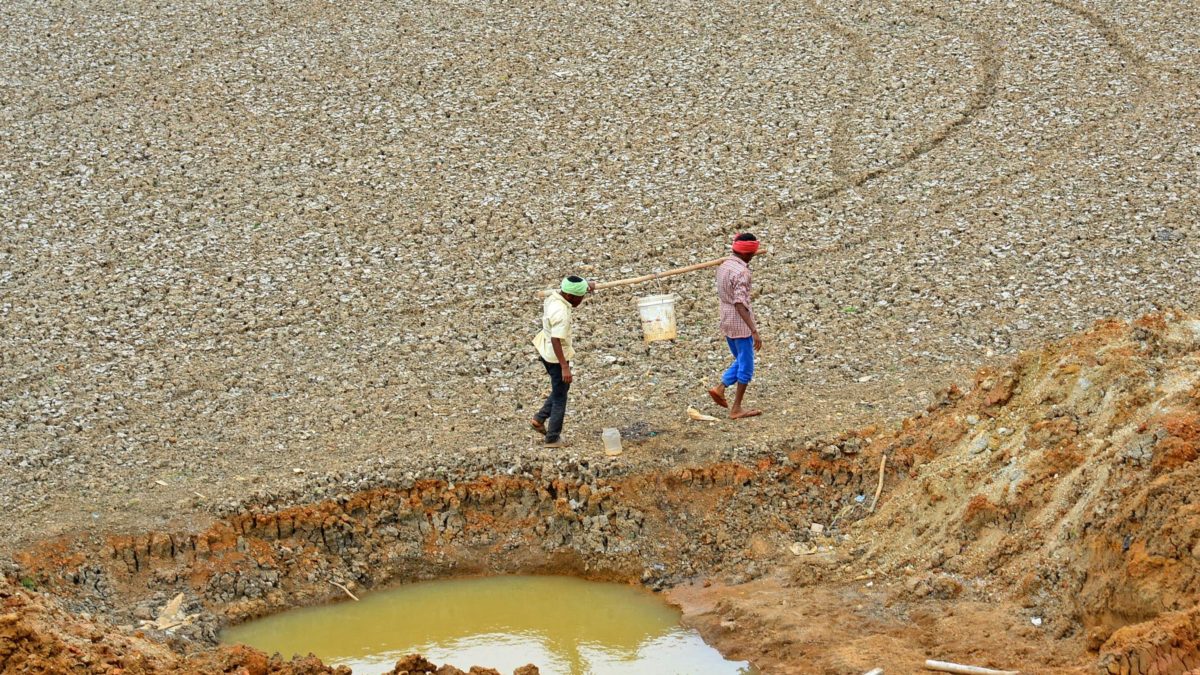Water scarcity is not new to Chennai. The city has seen several periods of acute water shortages, with the 2019 crisis bringing the issue into sharp focus. With urban expansion continuing at a steady pace, concerns about how water scarcity might influence the future of Chennai properties are gaining traction.
Let us look into how this concern can affect residential and commercial development, and what factors might contribute to the planning decisions of future real estate projects.
Current Status of Water Supply in Chennai
Chennai mainly depends on monsoon rains for its reservoirs. The four major reservoirs — Poondi, Chembarambakkam, Red Hills, and Cholavaram — supply most of the water for the city’s needs. In recent years, rainfall patterns have become less predictable, affecting these water sources.
To manage this, desalination plants and groundwater extraction have been widely adopted. However, excessive dependence on groundwater has caused a drop in water tables in many parts of the city.
This puts pressure on urban development, especially in areas not covered by the Chennai Metro Water Supply and Sewerage Board (CMWSSB) pipelines.
Impact on Residential Property Development
For new housing projects, water availability is a major concern. Builders have started factoring in the water infrastructure before purchasing land or beginning construction.
In locations where the water table is low or where tanker water is the only source, long-term sustainability becomes questionable. This may either delay new launches or reduce the scale of projects.
Apartment complexes with more than 50 units are now expected to include rainwater harvesting and wastewater treatment systems. These features are no longer seen as extras but rather as necessary for functioning.
If groundwater levels continue to fall, residential buildings will either need to increase reliance on expensive external water sources or move to areas with better water access.
Commercial Properties and Water Usage
Commercial properties consume a significant amount of water daily. Offices, malls, and IT parks need reliable access to clean water for operations.
Water issues can affect the functioning of these establishments. For instance, during the 2019 crisis, several companies had to reduce office hours or temporarily shift work to other locations.
This has made water availability a key factor in site selection. Developers are considering locations with alternate water arrangements, including proximity to treated water supply lines or existing desalination projects.
It is also leading to an increased push for greywater recycling systems and onsite water treatment plants in commercial buildings.
Government Regulations and Policies
To address the problem, the Tamil Nadu government has introduced several guidelines. Mandatory rainwater harvesting has been in place for years, but enforcement is now stricter.
Builders applying for approvals for Chennai properties must submit water resource plans. These include the source of water, estimated usage, and storage mechanisms. Properties that cannot meet minimum requirements may face rejection or delays in clearance.
The government has also promoted the use of treated wastewater for non-drinking purposes like gardening and toilet flushing.
If stricter rules are introduced in the future, projects without water sustainability plans will find it difficult to proceed.
Shifts in Buyer Preferences
End-users are increasingly aware of water issues. This has changed how buyers evaluate properties.
Apart from location and price, buyers now ask about water availability, borewell depth, tank capacity, and water recycling systems.
A property located in an area with regular water supply, even if it is slightly outside the city center, may be preferred over one in a water-stressed zone.
This shift in demand is also guiding developers in choosing project locations and planning layouts.
Areas Facing More Pressure
Certain zones in Chennai are more vulnerable to water scarcity due to overpopulation, lack of piped supply, and overuse of groundwater.
Southern suburbs like Medavakkam, Pallikaranai, and parts of OMR have seen rapid growth but are often dependent on tanker water.
Unless these areas get piped connections or new water sources, future projects may be scaled down or redirected to less affected locations.
On the other hand, areas with better municipal water coverage such as Anna Nagar, Adyar, and parts of Velachery continue to attract new developments despite higher property costs.
Long-Term Outlook for Chennai Properties
Water scarcity will continue to play a major role in shaping the development of Chennai properties.
Developers who incorporate sustainable water practices — including rainwater harvesting, efficient plumbing systems, and greywater reuse — are likely to find it easier to sell and maintain their projects.
Buyers will be more cautious and selective, pushing developers to improve their designs and planning.
Government support through infrastructure investment, like expanding desalination capacity and improving piped supply, will also influence the pace and direction of future real estate activity.
Conclusion
Water scarcity is no longer a temporary problem for Chennai. It has become a long-term planning factor for both developers and property buyers.
As regulations tighten and buyer awareness increases, the real estate sector will need to adapt by choosing suitable locations, planning for sustainable water use, and avoiding over-reliance on short-term solutions.
Future Chennai properties will be evaluated not just on aesthetics or cost, but also on how well they can handle basic needs like water.
By focusing on practical solutions now, both developers and residents can avoid larger challenges later.
